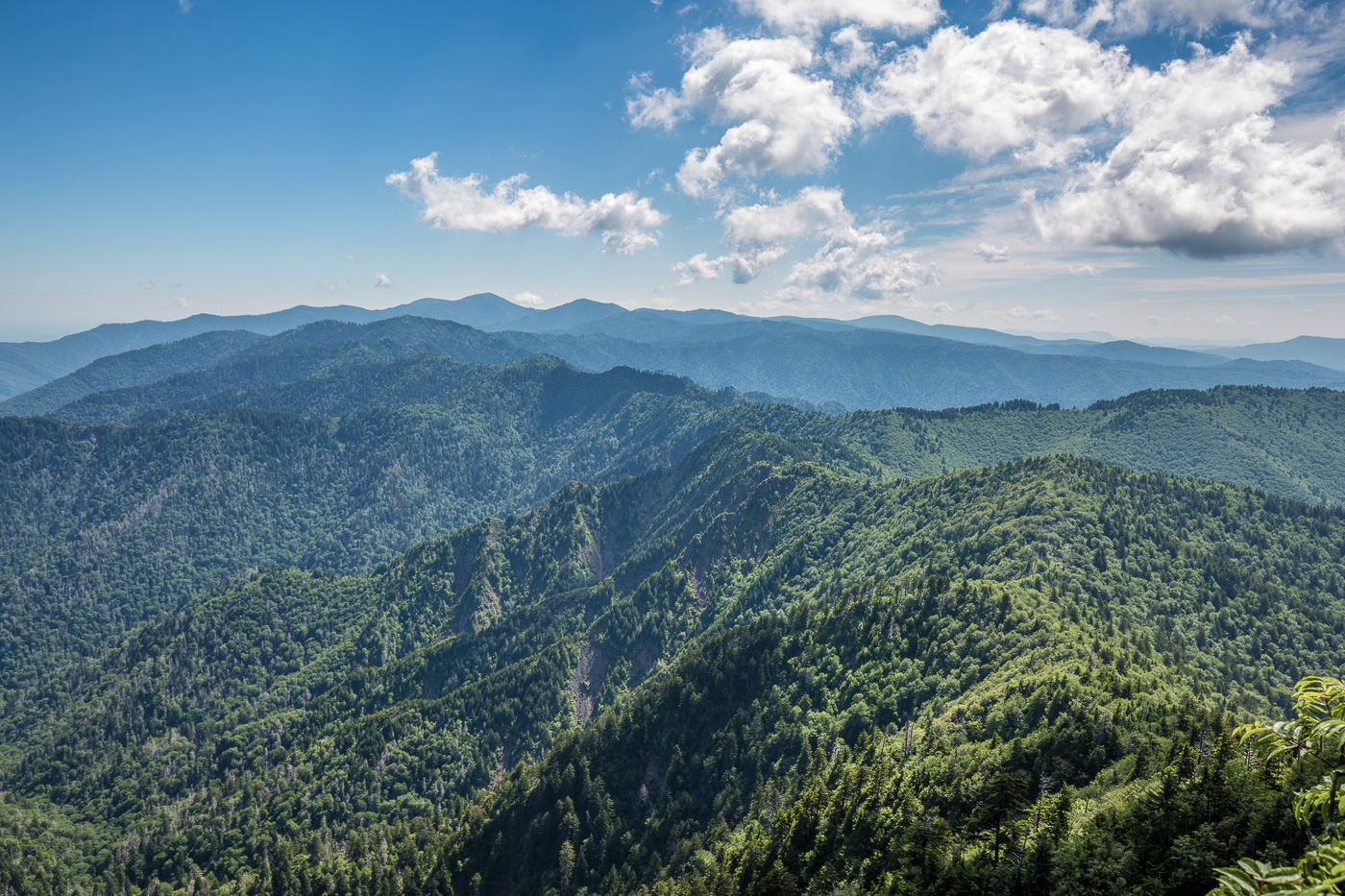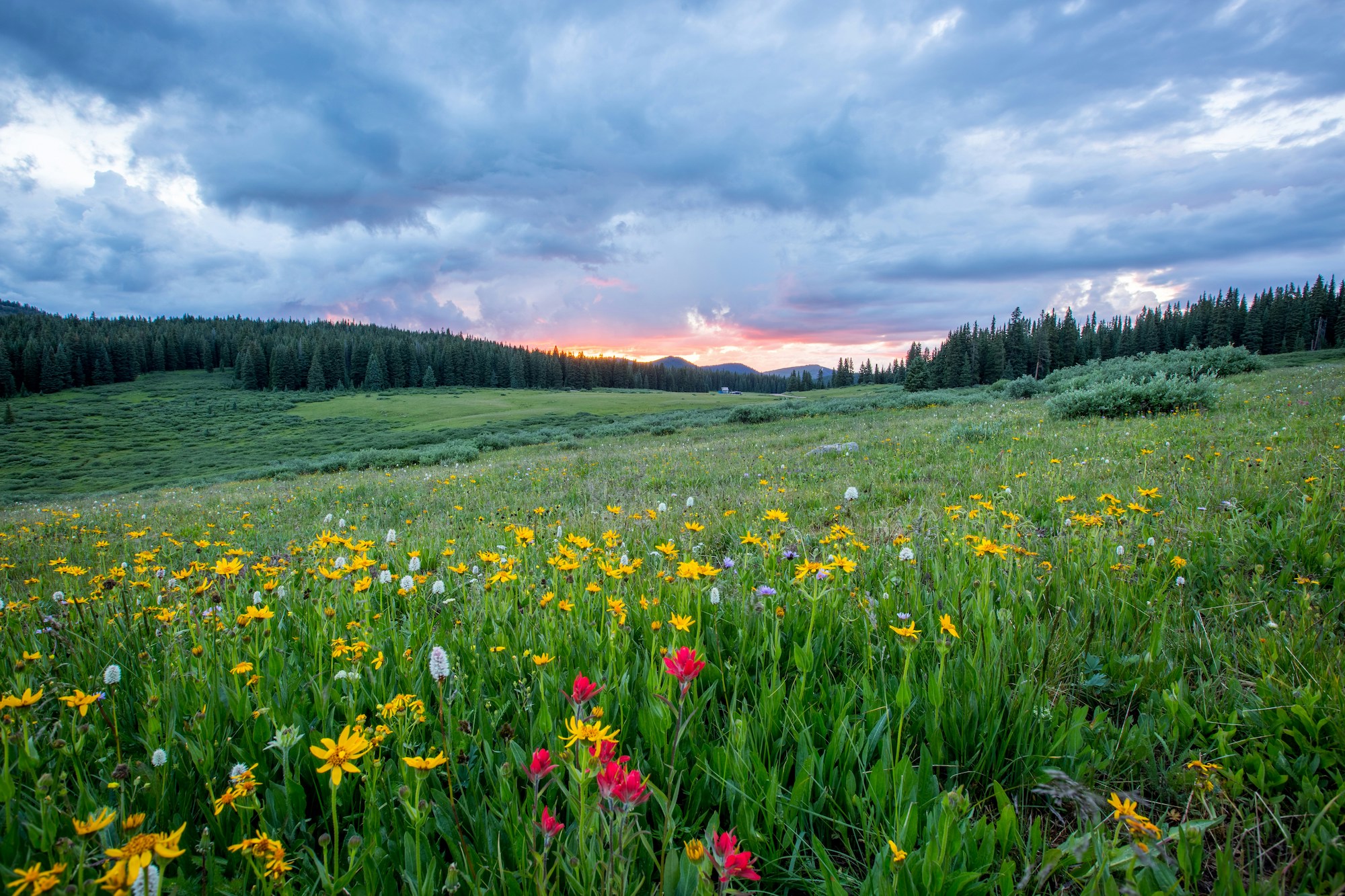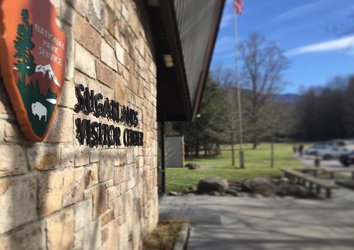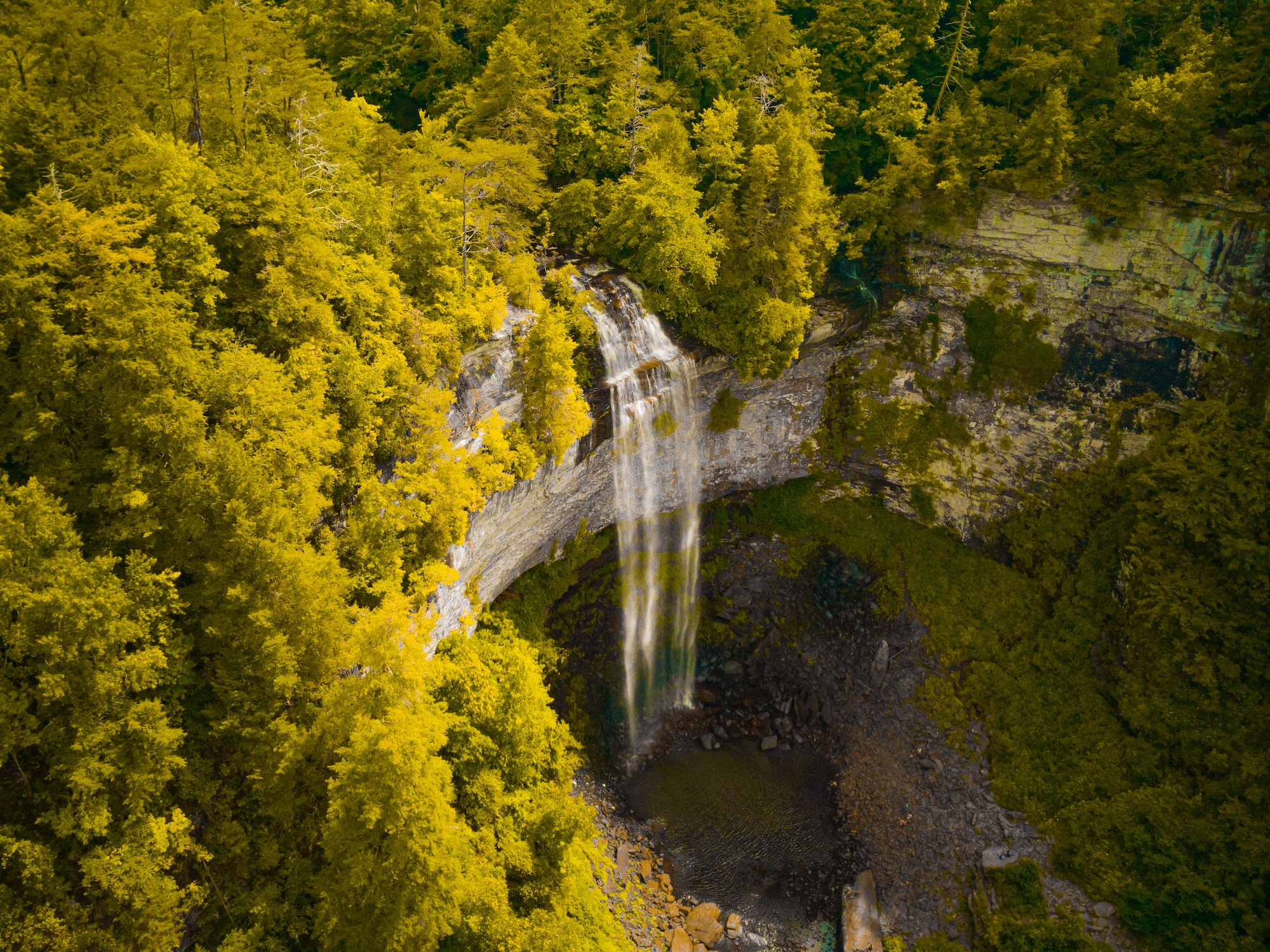The Great Smoky Mountains rank among the most iconic mountain ranges in America, and form the centerpiece of one of the country’s best-loved national parks. These misty highlands are truly part of the nation’s collective geographic consciousness, on par with such linchpin landmarks as the Yellowstone Plateau, the Grand Canyon, the Florida Everglades, and Niagara Falls.
Adjacent to high-profile gateway communities such as Gatlinburg, Tennessee and Cherokee, North Carolina (capital of the Eastern Band of Cherokee Indians), Great Smoky Mountains National Park is the country’s most-visited national park, welcoming more than 13.3 million in 2023. The average 10-year visitation, according to the National Park Service, is an impressive 11.5 million.
But just why are the Great Smokies so famous and so celebrated, and why do so many flock to them each and every year?
The Mountains’ Famous Name

The Great Smokies, often referred to simply as the Smoky (or Smokey) Mountains, boast one of the classic names among North American mountain ranges. And that English label jibes with an older, indigenous Cherokee one: Shaconage, “Place of the Blue Smoke.”
The name stems from the characteristic bluish haze familiar to many visitors who’ve taken in the Great Smoky Mountain viewshed from such vantages as Clingmans Dome or Look Rock off the Foothills Parkway. As you can read much more about here, that haze derives from natural terpenes—hydrocarbons released by the range’s lush, dense vegetation—chemically reacting with atmospheric ozone.
The Great Smokies Are a Natural Wonderland Easily Accessible to a Huge Proportion of Americans

The gorgeous scenery and world-class outdoor recreation explain the fundamental appeal of the Great Smokies, but it’s those attributes combined with accessibility that make this place the most popular national park in the country. More than half the U.S. population lives within a day’s drive of Great Smoky Mountains National Park, which is (for reference) about three hours from Atlanta, Georgia and Charlotte, North Carolina; 4 ½ hours from Cincinnati, six hours from Memphis, Tennessee and Columbus Ohio; and 7 ½ hours from Washington, D.C. and Pittsburgh, Pennsylvania.
They’re Connected to the Blue Ridge Parkway

Great Smoky Mountains National Park lies at the south end of the Blue Ridge Parkway, “America’s Favorite Drive,” which runs some 470 miles northeastward to connect with Virginia’s wonderful Shenandoah National Park. The Parkway, an All-American Road managed by the National Park Service, is actually on average the most popular unit (not national park per se) of the U.S. National Park System, famed for its sweeping Appalachian scenery. So the Smokies have a pretty darn legendary approach down the crest of the Blue Ridge.
The Great Smoky Mountains Are the Most Biologically Diverse National Park Unit & One of Eastern North America’s Wilderness Wonders

Biologists and ecologists the world over know about the Great Smokies—and, more broadly, the Southern Appalachian Mountains to which they belong—for their outstanding biodiversity. These old mountains host what may be the most biologically diverse temperate forests on the planet. With nearly 20,000 species of organism identified so far—and many more thought to await scientific documentation—Great Smoky Mountains National Park is the most biodiverse unit in the National Park System. (That biological diversity encompasses some 30 species of salamanders, earning the Great Smokies the tag of the “Salamander Capital of the World.”)
The natural heritage of the Great Smokies extends beyond the mere numbers of species found here. Some of the most significant surviving old-growth forest in the eastern U.S. persists in the Smokies’ most rugged corners. And the range, heavily visited as it is, offers some of the biggest wilderness remaining in the East: Nearly 90 percent of Great Smoky Mountains National Park is roadless.
The Park is a Hiker’s Paradise

Great Smoky Mountains National Park is one of the outstanding hiking hotspots in the country, boasting more than 800 miles of trails ranging from paved, level interpretive paths to challenging, lightly maintained backcountry routes demanding big-time elevation change.
And arguably the most famous footpath in the U.S., the Appalachian Trail, runs 72-odd miles through the park and reaches the ultimate elevational high point of its entire, 2,200-mile length here atop Clingmans Dome.
The Great Smokies Include Some of the Highest Mountains in Eastern North America
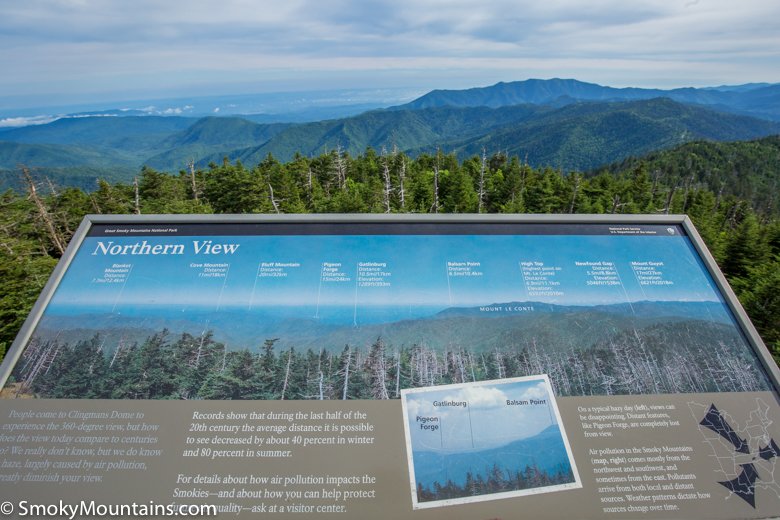
Speakingof Clingmans Dome, it’s the 6,643-foot crown of the Great Smoky Mountains and the third-highest peak in the eastern U.S.—and, in fact, the third-highest peak in eastern mainland North America. (There are loftier mountains in the Canadian Arctic Archipelago.) Indeed, the Great Smokies account for a number of the very tallest mountains in the East: besides Clingmans Dome, also 6,621-foot Mount Guyot, 6,593-foot Mount LeConte, and 6,417-foot Mount Chapman. Given how obsessed with elevational rankings geography buffs and mountaineers are, it’s not a surprise the Great Smokies are a go-to spot for “peak-bagging.”
This is One of the Best Places in the World to Spot an American Black Bear

Close to 2,000 American black bears call Great Smoky Mountains National Park home, with one of the higher population densities—about two bears per square mile!—recorded anywhere in North America. There’s no more famous animal symbol of the park than the black bear (the heftiest native land mammal here, by the way), and many visitors here hope for a sighting. Given the healthy and dense population, they’ve got good odds, too. (Cades Cove, with its sprawling fields, is a particularly promising place to look.)
One of America’s Most Beloved Musical Superstars Hails From the Great Smokies

There aren’t too many American musical artists more universally adored than Dolly Parton, famed not only for her live performances but also her formidable songwriting skills—not to mention the immense philanthropic impact she’s made through her Dollywood Foundation. Known for such hits as “Jolene,” “Coat of Many Colors,” and “I Will Always Love You,” the 11-time Grammy Award winner was born in a one-room cabin in the northern Great Smoky foothills, and her Dollywood Company amusement parks and attractions in Pigeon Forge, Tennessee continue to be some of the top tourist draws in the Smoky Mountain region.
Experience the Magic of the Great Smoky Mountains For Yourself

If you’ve never been to the Great Smokies, perhaps some of the above explanations for their enduring popularity will convince you to make the trip. If you do, you’re bound to discover your own personal reasons for falling in love with this beautiful “Place of the Blue Smoke,” as countless others have before you.

